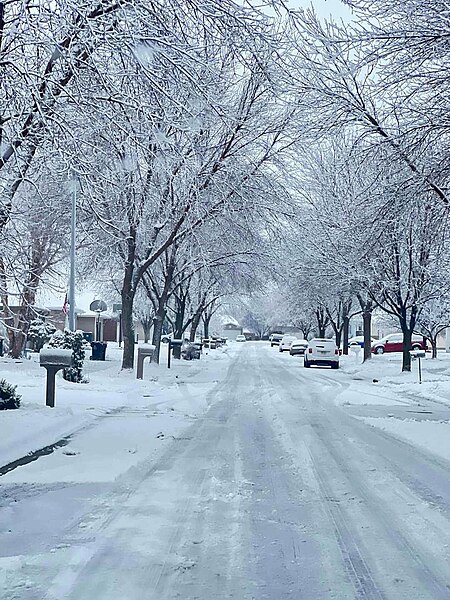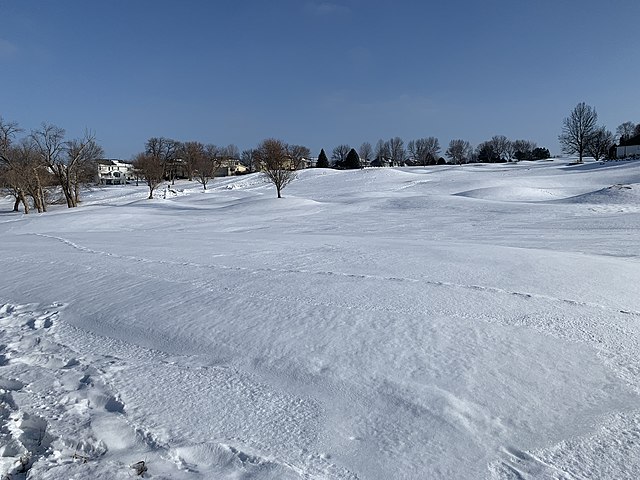Through the generosity of the late Professor Benedict Anderson and Ajarn Charnvit Kasetsiri, the Thammasat University Library has newly acquired some important books of interest for students of Association of Southeast Asian Nations (ASEAN) studies, political science, sociology, and related fields.
They are part of a special bequest of over 2800 books from the personal scholarly library of Professor Benedict Anderson at Cornell University, in addition to the previous donation of books from the library of Professor Anderson at his home in Bangkok. These newly available items will be on the TU Library shelves for the benefit of our students and ajarns. They are shelved in the Charnvit Kasetsiri Room of the Pridi Banomyong Library, Tha Prachan campus.
Among them is a newly acquired book that should be useful to TU students who are interested in literature, cultural studies, American history, and related fields.
The Old Beauty and Others is a collection of short stories by Willa Cather, published in 1948.
Willa Cather was an American writer known for her novels of life on the Great Plains, a broad expanse of flatland in North America, especially Nebraska, where she spent many years.
Willa Cather and her family moved from Virginia to Webster County, Nebraska, when she was nine years old.
She graduated from the University of Nebraska–Lincoln.
Cather was noted as a novelist of the frontier and pioneer experience.
She wrote of the spirit of those settlers moving into the western states, many of them European immigrants in the nineteenth century.

The TU Library collection includes several other books by and about Willa Cather.
A number of novels and other writings by Willa Cather are now in the public domain and available for free download or reading online.
The Willa Cather Archive, a collaboration between the Archives and Special Collections, University of Nebraska-Lincoln Libraries and the University of Nebraska–Lincoln’s Center for Digital Research in the Humanities, with additional support from the The University of Nebraska Press, and the Cather Project at the University of Nebraska-Lincoln, provides digital editions of Cather texts and scholarship free for all readers.
Among the short stories in The Old Beauty and Others is “The Best Years.”
Set in Nebraska and the northeastern United States, it tells of the response of a family to the death of a relative in a snowstorm.

In an article published in 1923, Willa Cather expressed her views about Nebraska:
The State of Nebraska is part of the great plain which stretches west of the Missouri River, gradually rising until it reaches the Rocky Mountains. The character of all this country between the river and the mountains is essentially the same throughout its extent: a rolling, alluvial plain, growing gradually more sandy toward the west, until it breaks into the white sand-hills of western Nebraska and Kansas and eastern Colorado. […]
The climate, with its extremes of temperature, gives to this plateau the variety which, to the casual eye at least, it lacks. There we have short, bitter winters; windy, flower-laden springs; long, hot summers; triumphant autumns that last until Christmas—a season of perpetual sunlight, blazing blue skies, and frosty nights. In this newest part of the New World autumn is the season of beauty and sentiment, as spring is in the Old World. […]
There is a Prague in Nebraska as well as in Bohemia. Many of our Czech immigrants were people of a very superior type. The political emigration resulting from the revolutionary disturbances of 1848 was distinctly different from the emigration resulting from economic causes, and brought to the United States brilliant young men both from Germany and Bohemia. In Nebraska our Czech settlements were large and very prosperous. I have walked about the streets of Wilber, the county seat of Saline County, for a whole day without hearing a word of English spoken. […]

Cultivated, restless young men from Europe made incongruous figures among the hard-handed breakers of the soil. Frederick Amiel’s nephew lived for many years and finally died among the Nebraska farmers. Amiel’s letters to his kinsman were published in the Atlantic Monthly of March, 1921, under the title “Amiel in Nebraska.” Camille Saint-Saëns’s cousin lived just over the line, in Kansas, Knut Hamsun, the Norwegian writer who was awarded the Nobel Prize for 1920, was a “hired hand” on a Dakota farm to the north of us. Colonies of European people, Slavonic, Germanic, Scandinavian, Latin, spread across our bronze prairies like the daubs of color on a painter’s palette. They brought with them something that this neutral new world needed even more than the immigrants needed land.
Unfortunately, their American neighbors were seldom open-minded enough to understand the Europeans, or to profit by their older traditions. Our settlers from New England, cautious and convinced of their own superiority, kept themselves insulated as much as possible from foreign influences. The incomers from the South—from Missouri, Kentucky, the two Virginias—were provincial and utterly without curiosity. They were kind neighbors—lent a hand to help a Swede when he was sick or in trouble. But I am quite sure that Knut Hamsun might have worked a year for any one of our Southern farmers, and his employer would never have discovered that there was anything unusual about the Norwegian. A New England settler might have noticed that his chore-boy had a kind of intelligence, but he would have distrusted and stonily disregarded it. If the daughter of a shiftless West Virginia mountaineer married the nephew of a professor at the University of Upsala, the native family felt disgraced by such an alliance.
Nevertheless, the thrift and intelligence of its preponderant European population have been potent factors in bringing about the present prosperity of the State. The census of 1910 showed that there were then 228,648 foreign-born and native-born Germans living in Nebraska; 103,503 Scandinavians; 50,680 Czechs. The total foreign population of the State was then 900,571, while the entire population was 1,192,214. That is, in round numbers, there were about nine hundred thousand foreign Americans in the State to three hundred thousand native stock. With such a majority of foreign stock, nine to three, it would be absurd to say that the influence of the European does not cross the boundary of his own acres, and has had nothing to do with shaping the social ideals of the commonwealth. […]

(All images courtesy of Wikimedia Commons)

